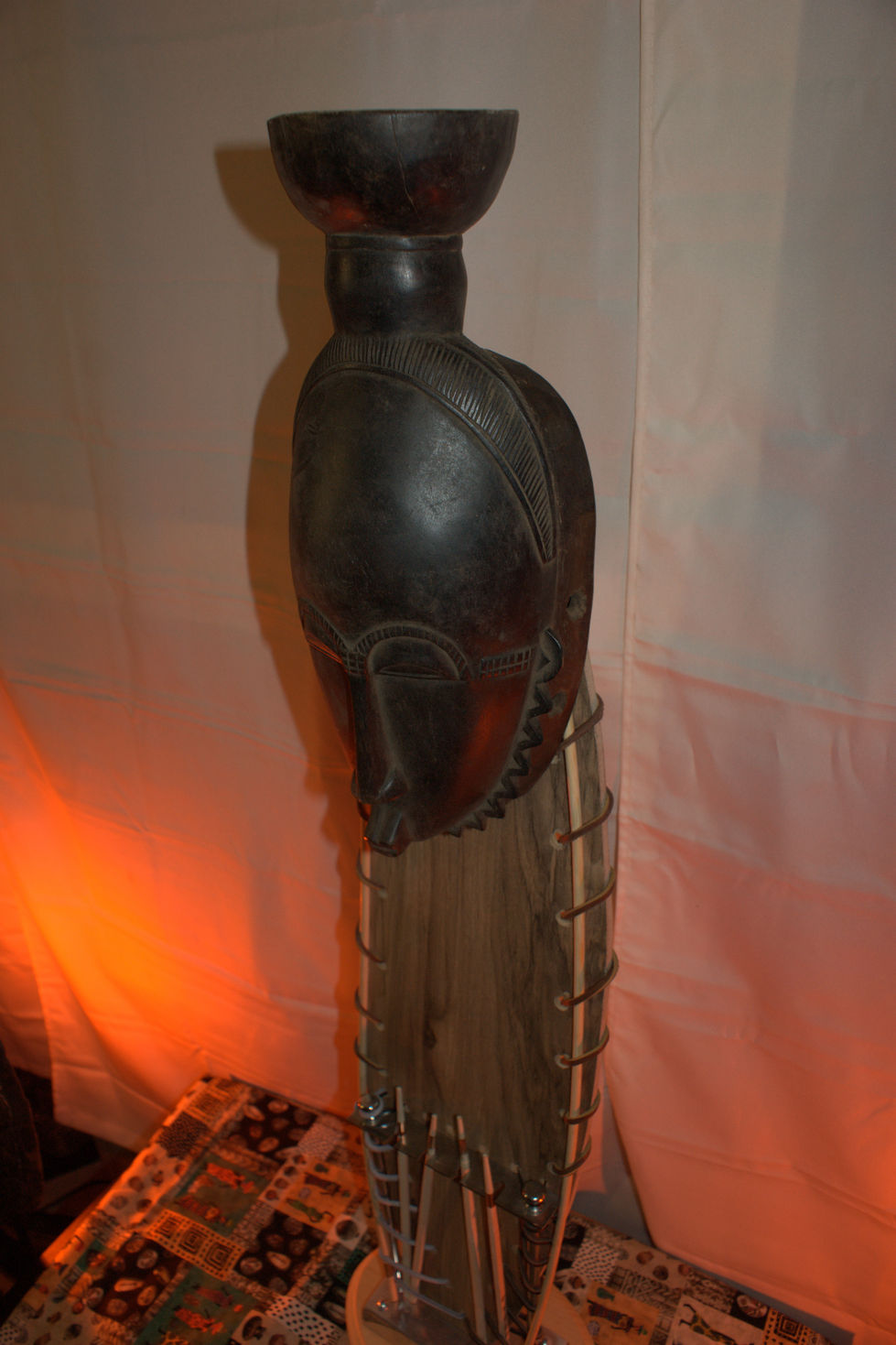W🌍RLD HISTORY
Create Your First Project
Start adding your projects to your portfolio. Click on "Manage Projects" to get started
Baoulé Mask (Ndoma)
Project type
Mask
Name
Baoulé Mask (Ndoma), The Helena Rubinstein Baule Mask
History
This mask originates from the Baoulé people who reside in Côte d'Ivoire (Ivory Coast). The Baoulé are part of the Akan ethnic group and are renowned for their sophisticated and aesthetically refined artworks, particularly their masks and figures.
Ndoma masks are a category of portrait masks, which are considered to be among the finest achievements of Baoulé carving. They are often created as idealized representations of specific individuals – usually respected members of the community, or sometimes figures of idealized beauty or dignity. These masks typically date from the late 19th to early 20th centuries, a period considered the height of Baoulé artistic production.
The specific mention of "Helena Rubinstein" in its name highlights its prestigious provenance. Helena Rubinstein (1872–1965) was a Polish-American businesswoman who founded a cosmetics empire and was also a significant art collector, including a notable collection of African art. Her ownership adds to the mask's historical trajectory and recognition in the art world.
Cultural Significance
Ndoma masks hold multifaceted cultural significance for the Baoulé:
Idealized Portraiture: They serve as idealized portraits, not necessarily of a specific individual's literal likeness, but rather their spiritual essence, moral character, and social standing within the community. They embody concepts of beauty, wisdom, and serenity.
Performance and Entertainment (Mblo): Ndoma masks are primarily used in secular masquerade performances known as Mblo. These performances are not primarily religious but are meant to entertain, honor individuals, and educate the audience through dance, music, and dramatic skits. The most beautiful Ndoma masks are reserved for the most admired dancers and are displayed with great pride.
Honoring Individuals: A mask could be commissioned to honor a respected elder, a chief, or a particularly beautiful and virtuous woman or man. Its performance would bring honor to the individual represented and their family.
Community Values: The beauty and refinement of these masks reflect and reinforce Baoulé aesthetic values and their appreciation for composure, balance, and dignity.
Symbolism and Design
The design of the Baoulé Ndoma mask is characterized by its refined aesthetic and intricate details, each carrying symbolic weight:
Oval Face and Refined Features: The mask features a classic oval face with finely carved, symmetrical features: a high forehead, arched eyebrows, slender nose, and small, pursed lips. This overall aesthetic embodies the Baoulé ideal of beauty, intelligence, and a calm, dignified demeanor.
Elaborate Coiffure: The intricate, often lobed or ridged coiffure (hairstyle) is a prominent feature. Such hairstyles were common in Baoulé society and signified social status, age, and adherence to cultural norms. The specific patterns and lines are meticulously carved.
Scarification Marks: The presence of scarification marks on the forehead (often a "V" shape or a series of lines) and temples are not merely decorative. They signify beauty, ethnic identity, and can denote initiation or social status within Baoulé culture.
Beard/Chin Decoration: The element below the chin, often resembling a stylized beard or a series of concentric rings, adds to the mask's elegance and can symbolize wisdom, seniority, or specific regalia.
Patina: The rich, reddish-brown patina (often enhanced by ritual anointing with palm oil) contributes to the mask's visual warmth and depth, suggesting age, spiritual power, and careful maintenance over time.
Vessel on Top: The small cup-like vessel on the very top of the head is a less common but significant feature on some Baoulé masks. It may have been used to hold offerings (like kola nuts, palm oil, or other symbolic items) during rituals or performances, further emphasizing the mask's sacred and communicative role.



